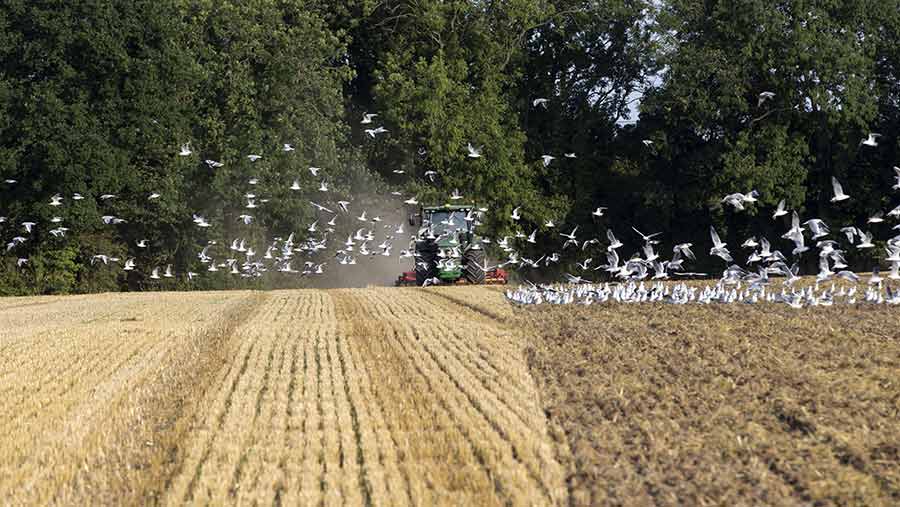Farmers given choice between two and five-year tax averaging
 ©David Hartley/Rex Shutterstock
©David Hartley/Rex Shutterstock Farmers will be able to choose between averaging losses for tax over a two- or five-year period, the government has confirmed.
A consultation carried out over the summer by HMRC had suggested a five-year averaging period could completely replace the current two-year one.
The idea of a longer averaging period is to help farmers cope better with periods where they face extreme market volatility.
See also: Farm leaders call for flexibility over tax averaging
The new arrangements will take effect from the 2016-17 tax year and mean that somebody wanting to apply five-year averaging from that date will be able to look back to 2012-13.
A volatility test will apply in order to qualify to use the option. The profits for the fifth year must be less than 75% of the average profits of the four previous years (or vice versa) or the profits of at least one of the five years must be nil.
Landtax adviser Carlton Collister said the consultation had originally suggested that only five-year averaging would be allowed, which had horrified many tax practitioners as it was so inflexible.
Retaining two-year averaging was a practical compromise as for many farmers it was a perfectly adequate arrangement, while others could find five years useful.
Whether farmers chose to use the new option would depend on the complexity of their affairs and how well software providers could implement the new arrangements, he said.
“Whether the option to average over a five-year period, rather than a series of averaging over two-year periods, will create worthwhile tax savings in practice compared with the professional cost of reviewing the position will depend upon the figures.
“Averaging requires consideration of other reliefs that have been claimed [such as loss claims and pension contributions], which may not be automatically adjusted by software where that is available, so making evaluation of whether relief is beneficial more complex for the longer five-year averaging.”
Michael Parker, NFU head of tax, said he had already spoken to one software provider who was working on a solution that would help farmers and their advisers make the right decision.
HMRC modelling work had also suggested that generally farmers would be better off spreading profits over a five-year period.
“We think both options will be used. But we think it is a very positive outcome which will give farmers more flexibility,” he said.
“If you are a business which has fairly consistent profits and then you invest in machinery or have one really bad year, then perhaps you would use the two years.
“If you’ve got land that has been affected by flooding, so it is going to be several years before you are back to normal, perhaps the five-year averaging will be a better choice.”
But Lisa Ball, partner with Smith & Williamson, said she feared people would end up tying themselves in knots trying to work out whether a five-year claim was the best way to go.
“It is not clear from the legislation, but I don’t think you’ll get the same cashflow advantages you get from two-year averaging,” she said.
“At the moment [with two years] you can have a good year but know your forthcoming year is going to be bad and you can reduce your payments on account down and get the cashflow advantage of that.
“For five years, it seems to be that you have to get to the end of the five years, meet the volatility test and so not get any tax saving until you’ve got to the end of the five-year period and look backwards.”
